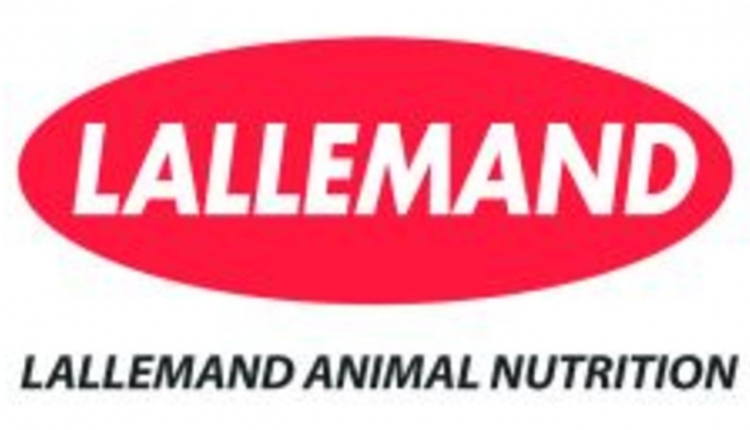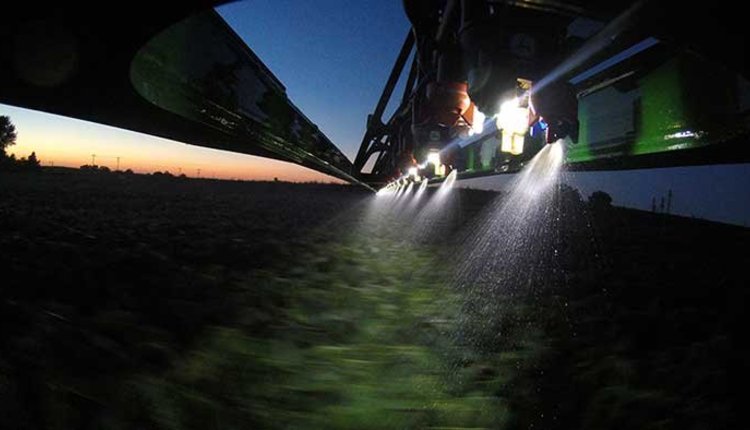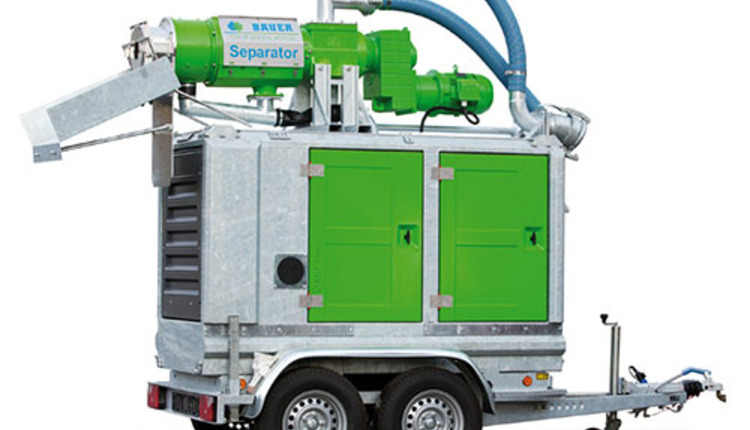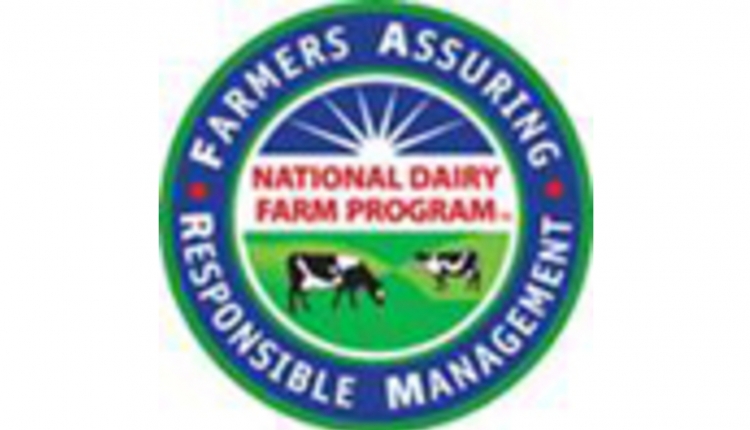 KetoMonitor is an economical and convenient tool, created to predict herd-level ketosis prevalence using monthly DHI test-day milk samples. KetoMonitor was developed by Dr. Heather White and Tawny Chandler from the University of Wisconsin-Madison Department of Dairy Science and Dr. Gary Oetzel from the University of Wisconsin School of Veterinary Medicine, in cooperation with AgSource. To date, over 200 herds, representing nearly 110,000 cows, are enrolled on KetoMonitor.
KetoMonitor is an economical and convenient tool, created to predict herd-level ketosis prevalence using monthly DHI test-day milk samples. KetoMonitor was developed by Dr. Heather White and Tawny Chandler from the University of Wisconsin-Madison Department of Dairy Science and Dr. Gary Oetzel from the University of Wisconsin School of Veterinary Medicine, in cooperation with AgSource. To date, over 200 herds, representing nearly 110,000 cows, are enrolled on KetoMonitor. During the initial research, Dr. White and her team revealed that the KetoMonitor model was different for Holstein versus Jersey cattle. KetoMonitor was released in February 2015 for Holsteins but excluded Jersey cattle. During the spring of 2015, a research project, funded by AgSource/CRI and the AJCC Research Foundation of the American Jersey Cattle Association, was conducted to gather data on subclinical ketosis for Jersey cattle. The outcome was a new KetoMonitor model designed specifically for Jersey cattle.
"During the course of modifying the model to better suit the etiology of the disease in Jerseys, we actually strengthened the accuracy of KetoMonitor across all breeds," notes White. "KetoMonitor detects ketosis with greater than 91% accuracy."
"Since November of 2014, we have collected data from over 135,000 fresh cows across breeds. The average herd prevalence rate is 18.7%, while first and second and greater lactation cows have a prevalence rate of 6.8% and 25.9% respectively. Detecting and treating this disease can make a significant impact on cow health, milk production, and herd profitability," White asserts.
Research has shown that ketosis costs, on average, $289 per case. KetoMonitor allows producers to track the prevalence of subclinical and clinical ketosis in cows fresh five to 20 days in milk. Most producers can easily diagnosis clinical ketosis, but signs of subclinical ketosis are much harder to detect. While there are various cow-side tests that can be used, they come at a substantial cost and require a significant amount of labor.
KetoMonitor can be used to evaluate monthly ketosis prevalence and can identify when blood testing should be done. When prevalence is greater than 15%, research conducted by Dr. Jessica McArt and colleagues at Cornell University, shows the expense of blood testing every fresh cow twice is justified. However, when herd prevalence levels are below 15%, time and money spent on blood testing can be saved. The KetoMonitor report tracks prevalence over a period of twelve months, allowing producers to recognize the impact of seasonal and managerial changes.
Cows predicted to have ketosis on the current test day, and likely in need of immediate attention, are listed on the back side of the report. The KetoMonitor report also now features a section listing all cows due to calve within 90 days from test day that were flagged positive for ketosis in a prior lactation. These cows should be considered at a higher risk for ketosis at calving, and should be closely monitored.
For more information about KetoMonitor, contact Erin Berger at eberger@agsource.com, call AgSource customer service at 800-236-4995, or visit www.agsource.com/ketomonitor.
 AgSource is the only full-service DHI provider in the country, conducting research and development, providing field data collection, laboratory analysis, animal health diagnostics and dairy management information. AgSource also provides free on-farm support of all products and services. To learn more about this member-owned cooperative, a subsidiary of Cooperative Resources International, visit www.AgSource.com.
AgSource is the only full-service DHI provider in the country, conducting research and development, providing field data collection, laboratory analysis, animal health diagnostics and dairy management information. AgSource also provides free on-farm support of all products and services. To learn more about this member-owned cooperative, a subsidiary of Cooperative Resources International, visit www.AgSource.com.10.09.2015








